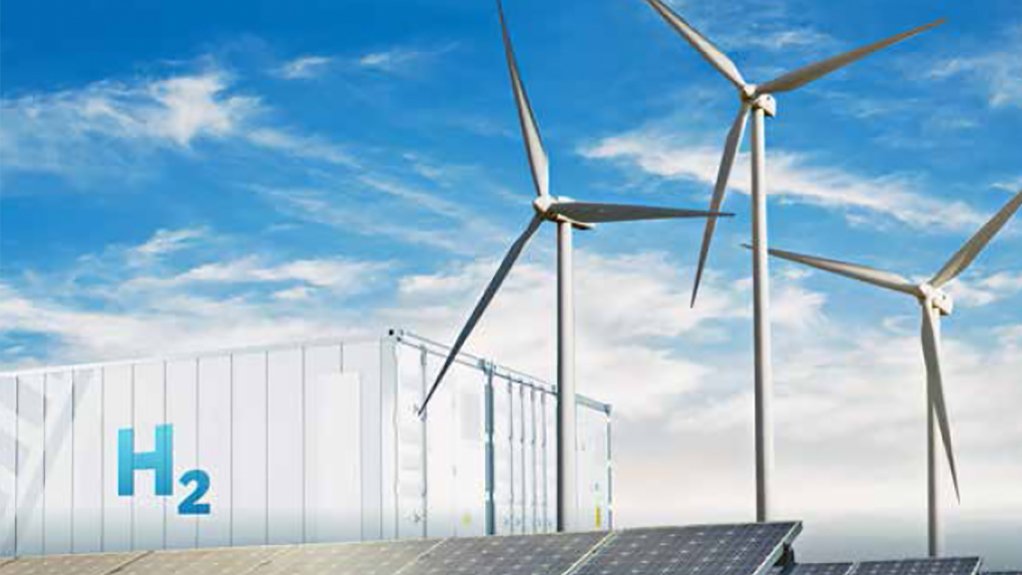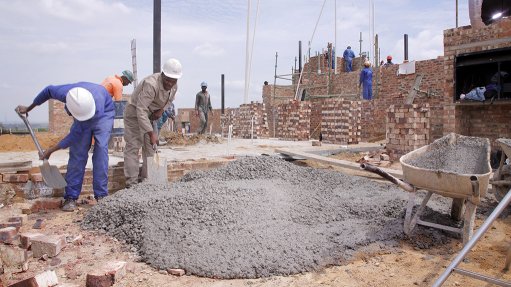Low-carbon hydrogen power on the rise



Natural gas consumers and suppliers will be negatively impacted by the rise of green hydrogen
Green hydrogen is on the rise
Market research and analysis firm Fitch Solutions is expecting to see an increase in the development of low-carbon hydrogen production technologies and projects over the rest of the year.
Speaking at a webinar on February 22, Fitch Solutions senior power and renewables analyst Thomas van Lanschot said sustained growth in hydrogen production capacity would drive new hydrogen-fuelled electricity generation projects coming into the pipeline.
He said an energy price crisis and the outcomes of COP26 had led to an increased demand for flexible low-carbon power sources.
He said the non-hydropower renewables developers and markets looking at making an energy transition away from coal would stand to benefit the most from the increase in hydrogen production and power generation technologies. Electrolyser manufacturers would also benefit greatly, in addition to gas-handling infrastructure owners and the associated logistics industry.
Lanschot noted, however, that long-term natural gas consumers and suppliers were going to be negatively impacted by the rise of green hydrogen power.
He said new hydrogen-fuelled electricity generation projects coming into the pipeline this year were expected to take on two major forms – combustible fuels and fuel cell plants.
In terms of combustible fuels, Lanschot said it was expected that gas generation operators will increasingly look towards the adoption of new hybrid technologies to enable the adoption of a blend of gasses, including hydrogen and hydrogen-based ammonia, while still being able to use existing gas assets and infrastructure.
He said preparations for the use of low-carbon gases in the power sector would become more prevalent as gas power operators continued to pursue diversification of their portfolios.
Meanwhile, in the fourth quarter of last year, the development of a 78 MW fuel cell power plant in South Korea was announced. The technology operates like a battery and will use hydrogen fuel cells to convert hydrogen into electricity, Lanschot explained.
While both combustible fuel and fuel cell plant technologies can operate at a large scale, both would require a large volume of hydrogen gas, he noted.
“However, we expect hydrogen supply to be delayed as development of the sector ramps up to commercial levels,” Lanschot said, adding that initial power systems were likely to operate at a smaller scale, providing grid balancing and short-term power supply to reduce the intermittency of renewables this year.
Fitch Solutions infrastructure analyst Daine Loh said opportunities for investment in hydrogen infrastructure would prove significant over the next ten years to support the expected high levels of growth in low-carbon hydrogen production.
She said Western Europe’s favourable industry environment for the development of hydrogen infrastructure would see the region emerge as a global hotspot for the nascent technology. She added that infrastructure investment would be key to unlock the effective use of the region’s growing pipeline of electrolyser projects.
Loh also noted that the development of international hydrogen supply chains would be crucial to support the growth of the green hydrogen industry in Asia. This is because production would be concentrated largely in areas far away from key demand centres.
“This will spur the development of extensive logistical supply infrastructure and networks, with investments concentrated around trade-enabling infrastructure,” she said.
THE RISE OF NON-HYDROPOWER RENEWABLES PRICES
Lanschot noted that, while investment in green hydrogen increased, rising prices throughout the wind and solar power value chains were witnessed last year as a result of a shortage of raw materials, elevated shipping costs and delays, and the disruption of production for wind and solar power components, including solar modules and wind turbines.
He said it was expected that wind and solar power project costs would continue to rise over the coming months and remain elevated throughout the year, with prices only set to begin recovering once material shortages and production capacities recovered later in the year.
“We anticipate a handful of projects will be cancelled or delayed by developers beyond their initial 2022 construction timeline in order to reduce costs,” he said.
Regarding the solar power sector, the price of polysilicon – a highly-conductive material required for solar photovoltaic (PV) technology such as wafers and modules – more than tripled last year from between $10/kg and $12/kg in the first quarter of last year to about $40/kg in the fourth quarter.
Lanschot said that, currently, the price increase was primarily the result of elevated power prices in China leading to decreased production of polysilicon, in addition to a general shortage of silicon.
Since China accounts for the production of 64% of silicon materials, 80% of solar PV modules and nearly 100% of solar ingots and wafers, the resulting solar supply crunch from the materials shortages and elevated energy prices has resulted in increased prices throughout the solar value chain both within China and globally, he explained.
Lanschot said he expected costs would not decline significantly before midyear, given that additional polysilicon production capacity was set to start coming online over the first half of this year.
Meanwhile, continued elevated shipping costs and prices for copper, aluminium and steel would also contribute to high prices throughout the year.
Prices for major wind turbine metals had also risen by an average of 45% over the last year owing to supply shortages being exacerbated by factors such as the Covid-19 pandemic, elevated shipping prices, rising protectionism and the energy price crisis.
Lanschot said it could be expected that a rapid increase in demand for wind power, coupled with the ongoing supply crunch of components and materials, would also add significant price pressure to developers over the coming year.
Comments
Press Office
Announcements
What's On
Subscribe to improve your user experience...
Option 1 (equivalent of R125 a month):
Receive a weekly copy of Creamer Media's Engineering News & Mining Weekly magazine
(print copy for those in South Africa and e-magazine for those outside of South Africa)
Receive daily email newsletters
Access to full search results
Access archive of magazine back copies
Access to Projects in Progress
Access to ONE Research Report of your choice in PDF format
Option 2 (equivalent of R375 a month):
All benefits from Option 1
PLUS
Access to Creamer Media's Research Channel Africa for ALL Research Reports, in PDF format, on various industrial and mining sectors
including Electricity; Water; Energy Transition; Hydrogen; Roads, Rail and Ports; Coal; Gold; Platinum; Battery Metals; etc.
Already a subscriber?
Forgotten your password?
Receive weekly copy of Creamer Media's Engineering News & Mining Weekly magazine (print copy for those in South Africa and e-magazine for those outside of South Africa)
➕
Recieve daily email newsletters
➕
Access to full search results
➕
Access archive of magazine back copies
➕
Access to Projects in Progress
➕
Access to ONE Research Report of your choice in PDF format
RESEARCH CHANNEL AFRICA
R4500 (equivalent of R375 a month)
SUBSCRIBEAll benefits from Option 1
➕
Access to Creamer Media's Research Channel Africa for ALL Research Reports on various industrial and mining sectors, in PDF format, including on:
Electricity
➕
Water
➕
Energy Transition
➕
Hydrogen
➕
Roads, Rail and Ports
➕
Coal
➕
Gold
➕
Platinum
➕
Battery Metals
➕
etc.
Receive all benefits from Option 1 or Option 2 delivered to numerous people at your company
➕
Multiple User names and Passwords for simultaneous log-ins
➕
Intranet integration access to all in your organisation




















